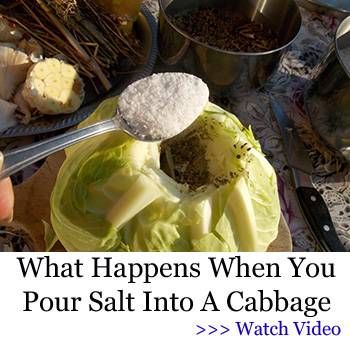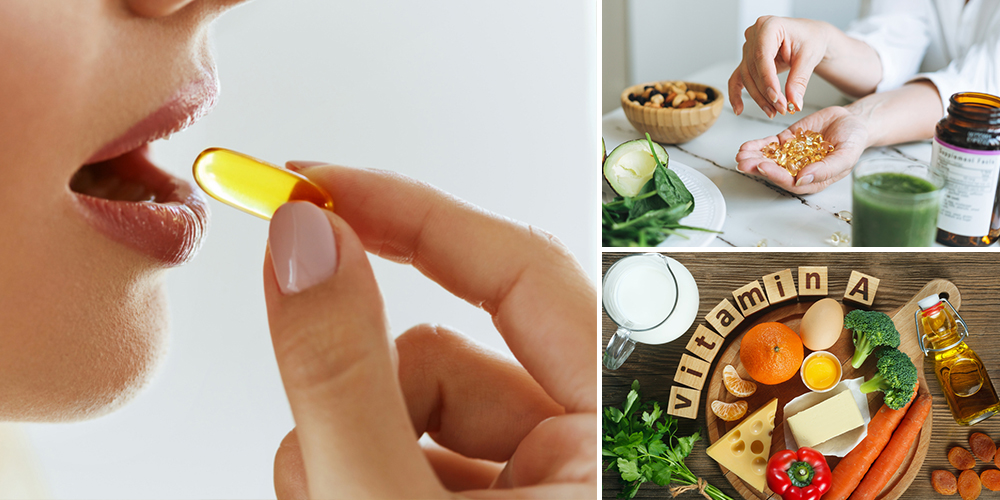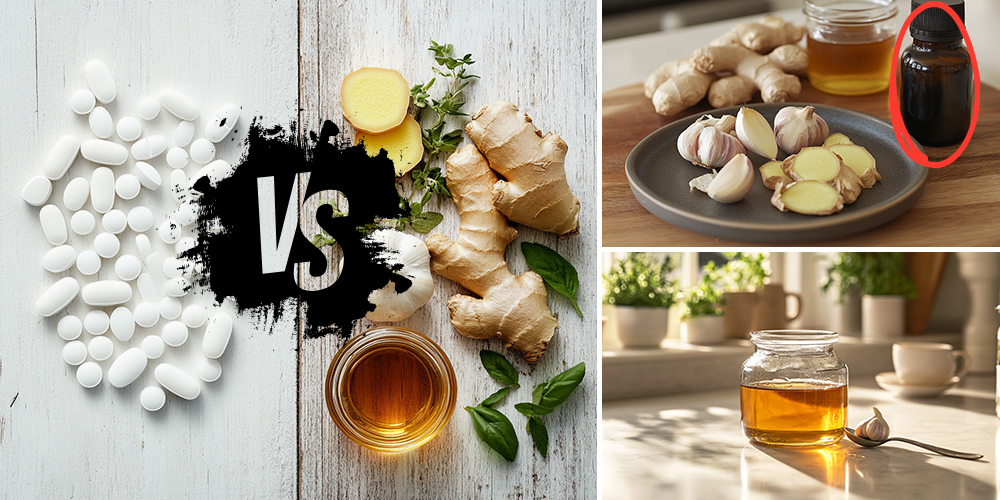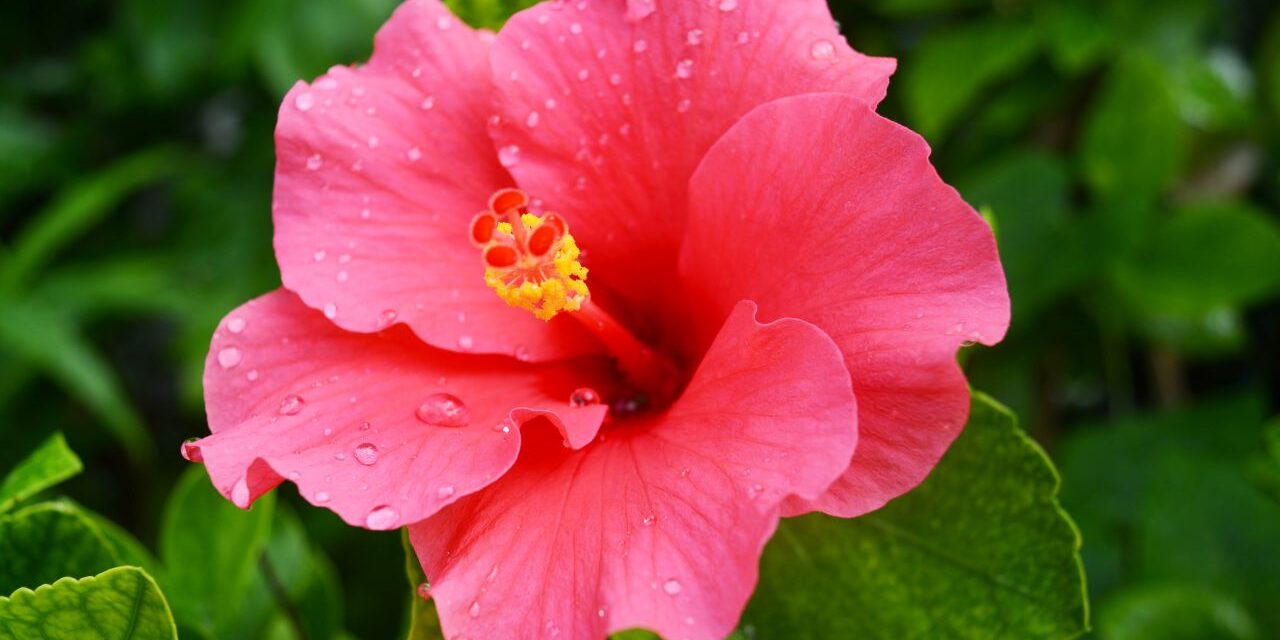
Hibiscus
Hibiscus is more than just a showy tropical flower — it’s a powerhouse of natural healing that’s been treasured for centuries. With its vibrant blooms and tart, ruby-red petals, hibiscus has been used in traditional medicine across Africa, Asia, and the Americas to support everything from blood pressure to digestion.
Known scientifically as Hibiscus sabdariffa, this plant has become a staple in the natural medicine world, often brewed into teas or dried for medicinal preparations. Whether you grow it in your garden or forage it in the wild, hibiscus offers gentle yet profound health benefits for the whole body.
What is Hibiscus?
Hibiscus is a genus of flowering plants in the mallow family (Malvaceae), with over 200 species. The most commonly used medicinal variety is Hibiscus sabdariffa, often called Roselle. Native to Africa but now found in warm climates around the world, hibiscus is prized for its large, trumpet-shaped flowers and its edible, fleshy calyces—the part used to make tea and tinctures.
The plant typically grows as a shrub, reaching up to 6–8 feet tall, with lobed leaves and striking blooms in red, pink, or white. While beautiful in the garden, its true value lies in its medicinal potential, especially in the dried calyces, which are rich in antioxidants, vitamin C, and plant acids.
In traditional African and Caribbean cultures, hibiscus has also been used as a cooling drink during hot months — not only to quench thirst but to calm the body, reduce inflammation, and bring down fevers. Its brilliant red tea, known as zobo in Nigeria or agua de Jamaica in Latin America, is both a cultural staple and a medicinal elixir.
Hibiscus is also used ornamentally and pollinator-friendly in home gardens. Bees are particularly attracted to its large, open flowers. While Roselle is the variety used for medicinal purposes, it’s important to distinguish it from ornamental species, which do not carry the same healing properties.
 Benefits of Hibiscus
Benefits of Hibiscus
Hibiscus is both a gentle tonic and a powerful healer. Traditional herbalists have used it to support heart health, digestion, and immune function.
- Supports Healthy Blood Pressure: One of hibiscus’s best-researched benefits is its ability to help naturally lower blood pressure. The anthocyanins and plant acids act as natural vasodilators, helping to relax blood vessels.
- Rich in Antioxidants: Hibiscus contains high levels of polyphenols and anthocyanins, which protect the body against oxidative stress and cellular damage.
- Aids Digestion: The tart acidity of hibiscus stimulates bile production and supports smoother digestion. It also has mild diuretic and laxative effects.
- Boosts Immunity: Thanks to its high vitamin C content, hibiscus tea is a common herbal remedy for colds and flu, helping to reduce inflammation and support the immune system.
- May Help Balance Cholesterol and Blood Sugar: Early studies suggest hibiscus may have positive effects on LDL cholesterol and fasting blood glucose levels.
Hibiscus also has natural anti-inflammatory properties that make it helpful for those dealing with arthritis, joint pain, or mild swelling. Its cooling effects on the body can provide relief in hot climates or during fevers, which is why it’s often brewed as a summer tonic in many cultures.
In traditional Iranian, Egyptian, and Caribbean medicine, hibiscus is seen as a harmonizer—bringing the body back into balance by gently encouraging detoxification and improving circulation. It’s a classic case of a plant offering both prevention and support, depending on how and when it’s used.
How Hibiscus is Used in Natural Medicine
The calyces of hibiscus are the most commonly used part of the plant in herbal medicine. They’re harvested after the flower has bloomed and dropped, then dried and prepared as:
- Tea: A daily infusion of dried hibiscus calyces is both a refreshing drink and a traditional remedy for high blood pressure and inflammation.
- Tincture: Alcohol or glycerin extracts of hibiscus can be used for longer shelf life and higher potency in managing cardiovascular health.
- Syrup: Hibiscus can be simmered with honey and spices to create a delicious, medicinal syrup for sore throats and immune support.
- Poultice or Compress: The plant’s natural acids and antioxidants make it useful topically for minor wounds or swelling.
You’ll often see hibiscus blended with other herbs such as elderberry, cinnamon, or mint. These blends enhance the flavor and support different body systems—circulatory, respiratory, and digestive—depending on the pairing.
For those sensitive to tart or acidic foods, hibiscus can be softened with a bit of raw honey or brewed alongside calming herbs like chamomile. It’s flexible, gentle, and effective, making it one of the most versatile herbal allies to keep on hand.
Hibiscus-infused vinegar is another traditional preparation, used as both a digestive tonic and a skin rinse. The plant’s acidity pairs well with apple cider vinegar, offering a shelf-stable remedy rich in minerals and antioxidants.
Some natural skincare lines now incorporate hibiscus extract for its reputed anti-aging properties. Its high vitamin C content supports collagen production, and its antioxidants protect the skin from environmental stress.
 How to Identify Hibiscus
How to Identify Hibiscus
- Leaves: Lobed with toothed edges; some species have more rounded or heart-shaped leaves.
- Flowers: Large, trumpet-shaped blooms, often red or pink. The flower has five petals and a prominent central stamen.
- Calyces: After the flower dies back, a fleshy, bulbous red calyx remains—this is the part most often dried for tea.
- Stems: Often woody near the base and green toward the tips, sometimes with a reddish hue.
- Height: Grows up to 6–8 feet tall in ideal conditions.
The plant thrives in sunny areas with well-drained soil, and it prefers warm, tropical to subtropical climates.
Hibiscus is especially easy to identify during late summer and early fall when the flowers have dropped and the vibrant red calyces begin to swell. These bulbous structures are your best indicator that you’ve found a harvestable plant.
Just be sure to double-check the species when wildcrafting, as some ornamental hibiscus varieties don’t offer the same medicinal benefits as Hibiscus sabdariffa.
How to Forage Hibiscus for Tea
If you’re foraging Hibiscus sabdariffa, be sure you’re in a region where it grows naturally or has been cultivated. Look for:
- Calyces after bloom: Harvest once the flower has dropped off, and the calyx is full, bright red, and plump.
- Use clean shears: Snip the calyces at the base and place them in a basket or cloth bag.
- Drying: Spread out in a warm, shaded area for several days until completely dry and leathery.
- Storage: Keep dried calyces in a sealed jar away from moisture and light.
Hibiscus thrives in warm climates, so it’s most easily foraged in tropical and subtropical zones, or in late summer if cultivated in temperate areas. The calyces should be harvested before they begin to dry and split on the plant for the best flavor and medicinal potency.
Many herbalists also choose to harvest the leaves for mild teas, although the calyces remain the most potent and flavorful part of the plant. Harvest early in the day once dew has evaporated for the cleanest, driest cuttings.
Plants That Resemble Hibiscus
| Plant Name | Key Differences |
| Rose of Sharon (Hibiscus syriacus) | Related species, but less commonly used medicinally; woody and shrubbier in appearance. |
| Okra (Abelmoschus esculentus) | Similar flowers; produces edible pods instead of fleshy calyces. |
| Cotton (Gossypium spp.) | Flowers are similar, but the plant produces cotton bolls instead of red calyces. |
| Confederate Rose (Hibiscus mutabilis) | Blooms change color over time; not used in herbal medicine. |
| Althea (Hibiscus moscheutos) | Larger leaves and flowers; sometimes called swamp hibiscus but not used for tea. |
A Forgotten Herb Worth Rediscovering…
Many people today overlook hibiscus as just another “herbal tea flavor,” unaware of the deep medicinal legacy behind it. This isn’t just a pretty flower. It’s a time-tested remedy, a cooling circulatory aid, and a pantry staple in countless traditional healing systems.
But sadly, like so many natural medicines, hibiscus is being pushed aside. Modern medicine continues to prioritize patentable drugs over centuries-old remedies. As regulatory pressure grows, even access to plants like hibiscus may become more difficult. It’s already happening in parts of Europe and Asia.
That’s why we recommend securing your herbal knowledge now—while you still can. Thankfully, there’s an excellent guide that covers not just hibiscus, but over 100 other forgotten remedies hiding in plain sight: The Forgotten Home Apothecary.
This book is more than just recipes. It’s a roadmap back to self-reliance. You’ll learn how to turn common plants into powerful healing allies, how to preserve them properly, and how to blend herbal preparations for everyday health needs. Whether you’re an experienced herbalist or just getting started, this guide will help you reconnect with the medicine that grows all around you.
👉 Click here to get your copy of The Forgotten Home Apothecary — and take the first step in reclaiming your natural wellness from the soil up.
Final Thoughts
Hibiscus is more than a vibrant bloom in the garden — it’s a trusted, time-honored ally for the heart, the immune system, and overall wellness. Whether sipped as a tea or crafted into a potent tincture, hibiscus continues to prove that nature provides exactly what we need, right when we need it.
In a world increasingly distanced from the roots of natural medicine, hibiscus reminds us that healing doesn’t always come in a bottle. Sometimes, it grows quietly — petal by petal — waiting to be remembered.
You May Also Like:
How to Recognize a Heart Attack and What to Do Next (Video)
How to Make Horseradish Tincture

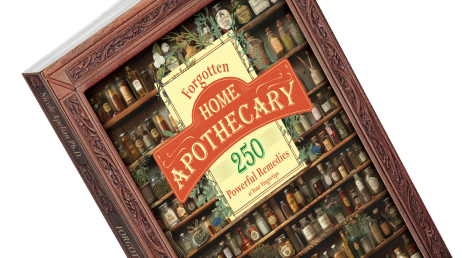






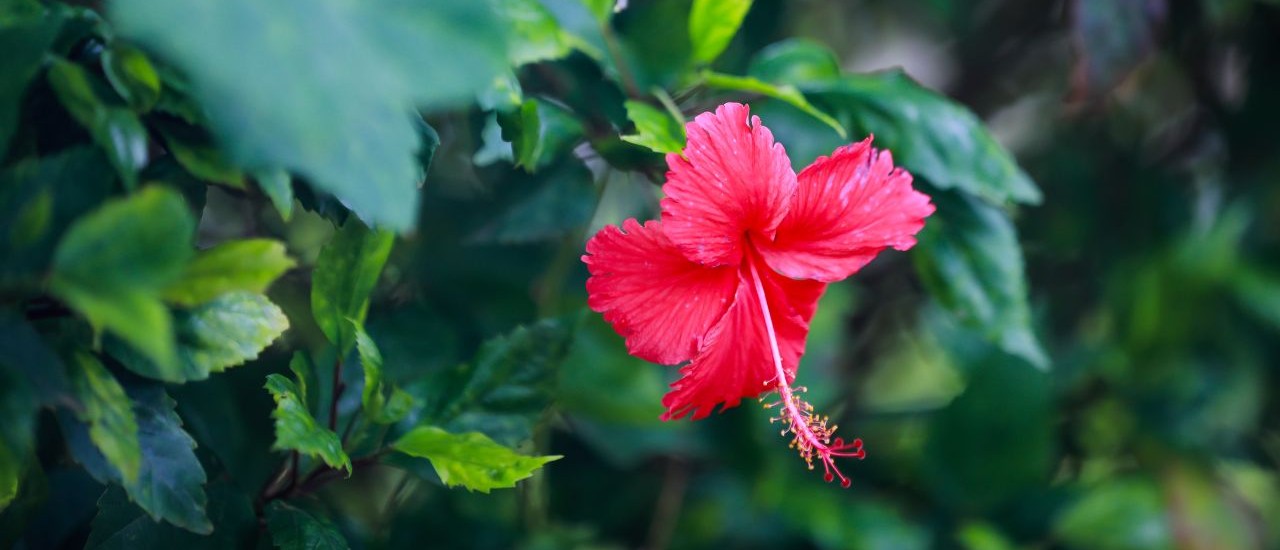 Benefits of Hibiscus
Benefits of Hibiscus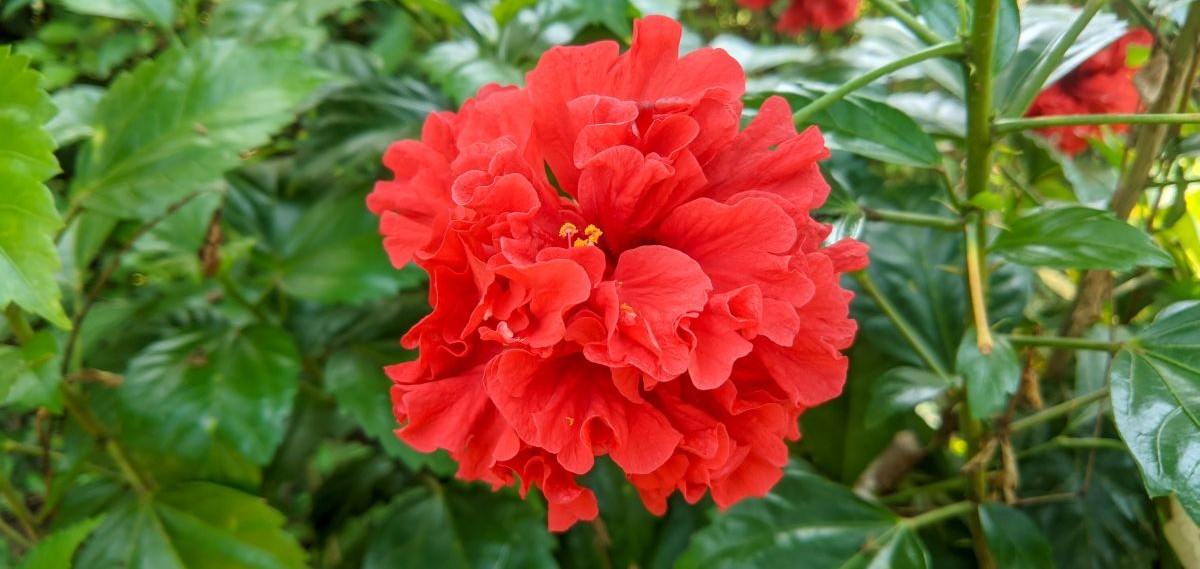 How to Identify Hibiscus
How to Identify Hibiscus